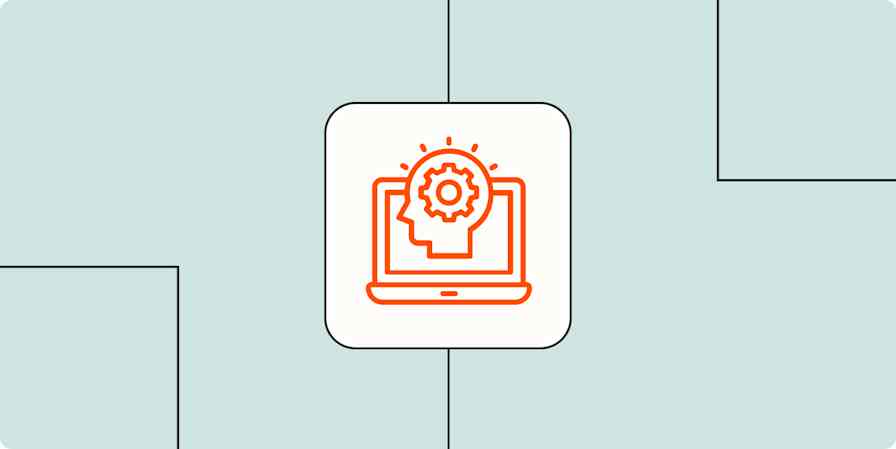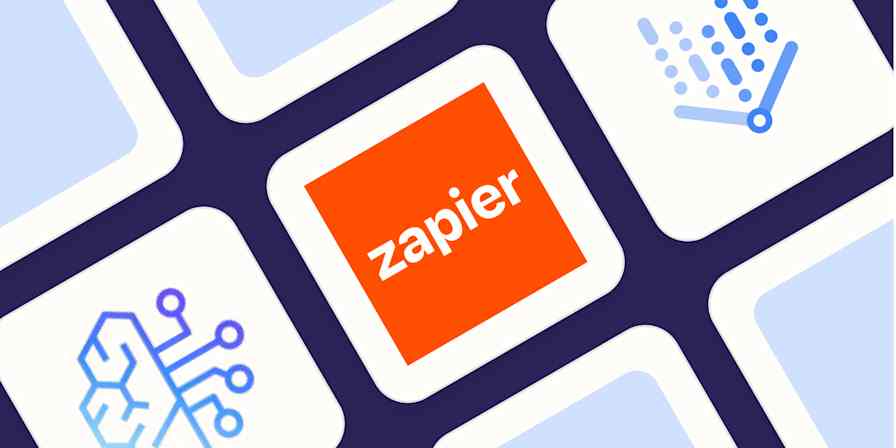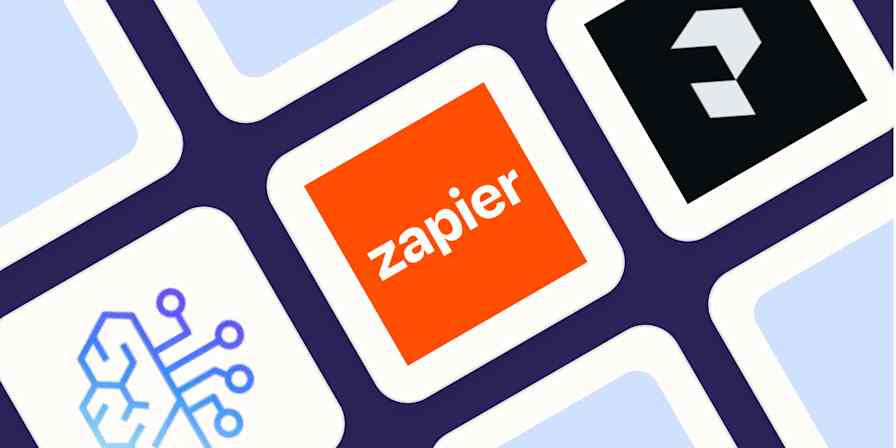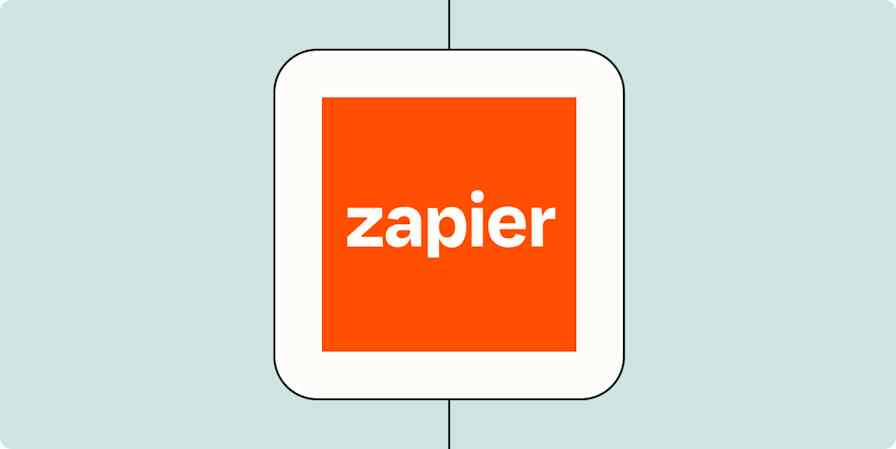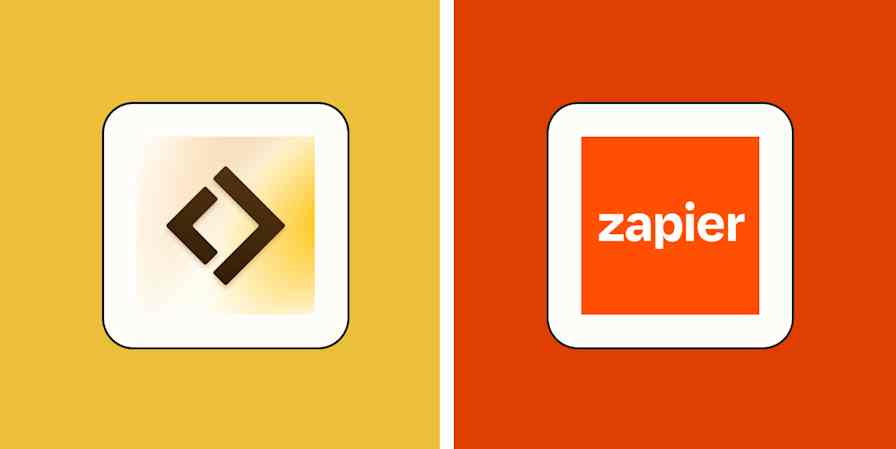ChatGPT and Microsoft Copilot are two of the most widely available AI tools. ChatGPT is the chatbot that started the current AI boom, and Microsoft Copilot is included with Windows (the world's most popular operating system) and integrates Microsoft Office (perhaps the most famous software suite ever created). While they started as standalone conversational bots, they're both now deeply integrated with other apps, the open web, and—through your phone—even the real world.
ChatGPT and Microsoft Copilot have both improved dramatically over the last few years. As their feature lists have gotten longer, drawing quick and easy comparisons between the two apps has become increasingly hard.
But I've been using both AI chatbots since they were released—and writing about them with every feature update—so I've gotten a sense of what really matters when comparing them.
Here's my take on Copilot vs. ChatGPT.
Table of contents:
Copilot vs. ChatGPT at a glance
There's lots to talk about (and I will), but first, here's a quick comparison of ChatGPT and Copilot to get you started.
Microsoft Copilot | ChatGPT | |
|---|---|---|
Power and features | ⭐️⭐️⭐️⭐️ While not quite as multipurpose as ChatGPT, integration with Microsoft 365 apps is a killer feature | ⭐️⭐️⭐️⭐️⭐️ With the latest LLMs and most advanced implementations, ChatGPT sets the bar high |
Availability | ⭐️⭐️⭐️⭐️⭐️ Web and mobile apps; integration with Microsoft apps | ⭐️⭐️⭐️⭐️⭐️ Web, desktop, and mobile apps; integrates with Zapier |
Free plan | ⭐️⭐️⭐️ Functional, but it lacks the integrations that make Copilot great | ⭐️⭐️⭐️⭐️ Solid, but it lacks a lot of the best features of ChatGPT |
Reliability | ⭐️⭐️⭐️ I ran into some weird issues using Copilot, including one bug where it hallucinated it was ChatGPT | ⭐️⭐️⭐️⭐️ ChatGPT can still make mistakes, but it's one of the best AI tools for reliability |
ChatGPT and Copilot are really similar
Before diving into the differences between ChatGPT and Copilot, let's look at all the major ways in which they're actually really similar. They're both AI-powered productivity chatbots, and that alone means there's a lot of overlap.


Both can understand and generate text, images, code, documents, and more. These are both multimodal chatbots, so if there's a feature you associate with AI chatbots, they almost certainly have it.
Both use the latest AI models from OpenAI. As I write this, that's the latest GPT-5.2, though different models are available in both apps in a few different modes. Microsoft also claims to use its own proprietary models, but given that it's a major investor in OpenAI and the feature overlap is so extreme, it's safe to assume that OpenAI's state-of-the-art models are doing a lot of the heavy lifting.
Both are available on the web and through mobile apps. I'll get into this a little more in a bit, but you can essentially use either chatbot on any device.
Both apps can search the web for new information. Gone are the days where different AI tools had different knowledge cutoff dates that affected their answers. Both ChatGPT and Copilot can pull in information from the open internet.
Both apps can see your screen, integrate with apps, and offer suggestions on what to do. ChatGPT works best with text and coding apps, while Copilot works best with Windows apps, though both can also use screenshots.
Both apps can work with files you upload. Add PDFs, text documents, spreadsheets, and the like, and both chatbots can help you understand them.
Both apps have Google Docs-like collaborative features. ChatGPT calls it Canvas, while Copilot calls it Pages.
You have to pay to get the best from both apps. While both apps have free versions, using the best and most powerful features requires you to pay upwards of $20/month.
ChatGPT has more advanced features

OpenAI kickstarted the current AI boom, so it's no surprise that ChatGPT is packed with cutting-edge features. While there are almost too many things to list, here are some of the big areas where ChatGPT stands out from Microsoft Copilot:
Better web and news search, including better integration with info sources for sports scores, locations, and the like.
The ability to create custom chatbots and integrate with other apps through tools like Zapier.
Other apps can now build integrations with ChatGPT, so you can control apps like Photoshop, Spotify, and Canva directly through the chat interface. (This is still in its early days yet, so it remains to be seen how useful and supported this feature is.)
A dedicated Images section that makes it easier to generate and edit images.
Codex, an AI coding agent that integrates with GitHub, the terminal on your computer, and other coding tools.
Agent, an AI tool with its own browser and virtual environment that you can send off to do any task you can imagine. (Whether it succeeds or not is the big question.)

It's worth noting that ChatGPT doesn't have feature parity across all its apps. The web app tends to get features first, though the desktop and mobile apps obviously have better integrations with your devices.
Having listed all that, a lot of these features are trickling down to Copilot with time. Microsoft's deployment requirements just seem to be a little bit higher. Last year, I flagged live video in the smart phone app, file uploads, and the Google Docs-like Canvas as features that ChatGPT had that Copilot didn't. This year, Copilot has them all.
Of course, AI is moving so fast that these examples may no longer be true when you read this, but the general gist of it remains the same. ChatGPT is iterating features faster than Copilot.
Copilot integrates with Microsoft's ecosystem
The big advantage of Microsoft Copilot is that it integrates with everything Microsoft. The Copilot app is included with Windows and is featured prominently in the taskbar. In fact, Copilot is now being pushed as the help service for a few apps, including Settings, Edge, the Windows Store, Photos, Notepad, and Paint.

The idea is you share your screen with Copilot and use your voice to tell it what you want to do. It then guides you through the apps. It worked in my testing, though I have no idea how any of the relatives I've had to do tech support for would feel about it.
Similarly, if you use Bing, there's a big Copilot button there on your home page.

If you use Edge, it's there in the sidebar ready to answer questions.

As long as you pay for Copilot Pro (for personal users) or Microsoft 365 Copilot (for businesses), you can use Copilot across most Microsoft 365 apps.

For example, Copilot can:
Summarize documents, answer questions, and generate text and images in Word and OneNote.
Create formulas, apply formatting, and generally help out in Excel.
Generate presentation slides and summaries in PowerPoint.
Summarize long email threads and draft replies in Outlook.
And those are just the big ones. If you live in Microsoft's ecosystem, this really is the killer feature. While ChatGPT is catching up, the integrations just aren't as easy or as deep as they are with Copilot and the Windows ecosystem.
As you dive even deeper into the enterprise version of Copilot, this distinction becomes even more relevant. While it's beyond the scope of this comparison, for multinational companies that already rely on Microsoft enterprise software, Copilot can integrate deeply across your entire stack. You can also use Copilot Studio to build AI agents that integrate with your existing tools. This obviously takes some degree of institutional IT knowledge to implement, but if you're a CEO skimming this comparison, reach out to your CTO and take things from there.
ChatGPT integrates with Zapier
ChatGPT doesn't integrate with a specific office workspace like Microsoft or Google, but it does integrate with Zapier, which lets you connect it to thousands of apps that you use at work. That means you can automatically generate and share content, nurture and qualify leads, summarize business information, and more—all from the apps you're already using.
If your tech stack is broad—and not focused mostly on Microsoft apps—ChatGPT's Zapier integration might be the deciding factor. It'll make AI more accessible to you in your daily work. Learn more about how to automate ChatGPT, or get started with one of these pre-made templates.
Automatically reply to Google Business Profile reviews with ChatGPT
Send prompts to ChatGPT for Google Forms responses and add the ChatGPT response to a Google Sheet
Create email copy with ChatGPT from new Gmail emails and save as drafts in Gmail
Create email copy with ChatGPT from new Microsoft Outlook emails and save as drafts
Zapier is the most connected AI orchestration platform—integrating with thousands of apps from partners like Google, Salesforce, and Microsoft. Use interfaces, data tables, and logic to build secure, automated, AI-powered systems for your business-critical workflows across your organization's technology stack. Learn more.
Both AI chatbots are incredibly powerful, but neither is perfect for every problem
AI chatbots are in an interesting place.
For starters, it feels like some of the hype and unrealistic expectations have started to die down as AI tools haven't instantly revolutionized every area of society. After all, I'm a writer and I still have a job. But just because AI chatbots haven't matched some of the initial wild hype doesn't mean that they aren't useful.

Both ChatGPT and Microsoft Copilot are capable of solving thousands of small everyday problems. They can generate drafts, translate text, pull content from images, write code, solve math problems, create recipes, and do countless other things—quickly. If you have a few tasks that you think an AI chatbot could speed up or otherwise help out with, odds are both ChatGPT and Microsoft Copilot will ace it.

Plus, both have access to the same state-of-the-art models (give or take a few weeks for Copilot to catch up) so it's not as if one chatbot is miles smarter than the other.
You have to pay for the best features on both ChatGPT and Copilot
ChatGPT and Copilot both have free plans that let you use their basic chatbot features. If you just want to generate a bad poem or answer a quick question, you can use either chatbot happily for free.
ChatGPT's free plan offers access to more limited versions of its latest models and allows you to try out some features like image generation.
Microsoft Copilot's free plan is available through the Windows, macOS, iOS, and Android apps, as well as the Edge browser; crucially, it doesn't work with Microsoft 365 apps like Word. There are some unspecified limits about how much you can use certain features.
Copilot maybe has the edge on the free plan as it gives you access to more features like image generation. But really, the gap between the free plans is pretty minimal for what you'd actually be using it for.
If you're serious about making the most of either tool, you'll need to pay for a premium plan.
ChatGPT Plus is $20/month and includes all the features I've been discussing here. ChatGPT Pro is $200/month and includes unlimited access to almost all of ChatGPT's most advanced features as well as a few additional modes that use more reasoning—but it largely falls outside the scope of this comparison. (ChatGPT Go is a ~$8/month plan available in some markets with lower limits than Plus.)
Copilot comes with Microsoft 365 plans; Personal starts at $9.99/month and allows you to use Copilot in apps like Word and Outlook. (You also get access to the desktop apps as well as 1TB of cloud storage.) It's also available for business users, but pricing varies dramatically based on the number of users you have and features you need. For example, Microsoft 365 Business Standard costs $150/user/year, with Copilot costing an additional $252/user/year.
ChatGPT vs. Copilot: Which should you use?
The consumer versions of ChatGPT and Microsoft Copilot are powerful AI chatbots with a huge amount of overlapping features—the number of things one can do that the other can't is pretty small. When it comes to advanced features like AI coding agents and integrations with Microsoft Office apps, things get a little different.
Though really, deciding between them still comes down to one big question: do you use Microsoft 365 apps? Copilot's integration with Microsoft's suite of apps is a killer feature if you spend all day bouncing from PowerPoint presentations to Excel spreadsheets. If you don't rely on apps like Word, Excel, and Outlook, though, ChatGPT is the more powerful, reliable, and feature-filled tool. While the AI models are essentially the same, OpenAI has built out and deployed a lot more features than Microsoft.
And in terms of free tools, both are pretty even, but Microsoft Copilot edges it because it gives you more access to features like image generation. Even still, if you're only going to try one tool, ChatGPT is the one to go with—it's the app that created the category.
Related reading:
This article was originally published in August 2023 by Elena Alston and has also had contributions from Jessica Lau. The most recent update was in January 2026.

